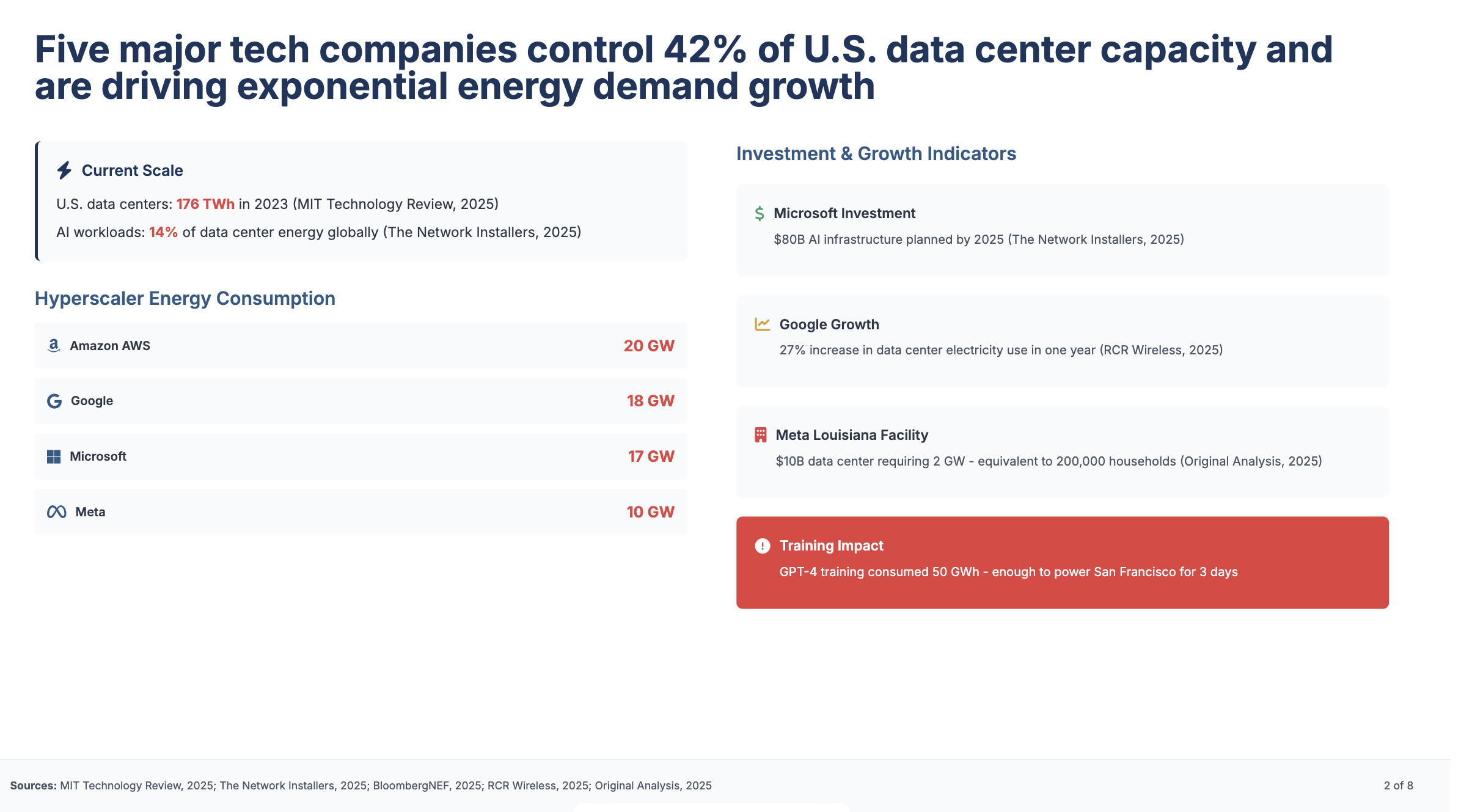In the annals of modern financial history, few names have sparked as much controversy, disbelief, and chaos as Futures Exchange (FTX). Once hailed as a shining star of the cryptocurrency world, FTX’s meteoric rise and catastrophic fall stunned investors, regulators, and the general public alike. By the end of 2023, the scandal surrounding FTX and its founder Sam Bankman-Fried had cemented its place as one of the largest and most complex financial frauds of the 21st century.
This blog dives into the rise and fall of FTX, examining the events that led to its collapse, the financial and human toll it took, and the key takeaways from a debacle that shook the entire crypto industry to its core.
 Source: Internet
Source: Internet
The Rise of FTX: From Start-up to Crypto Juggernaut
FTX was founded in 2019 by Sam Bankman-Fried (commonly referred to as SBF), a former Wall Street quant with a background from MIT and a reputation for genius-level intellect. The exchange was created as a more sophisticated platform for cryptocurrency derivatives and quickly attracted traders looking for advanced features, high leverage, and innovative products.
By 2021, FTX had:
- Raised over \$1.8 billion from prominent investors including Sequoia Capital, SoftBank, and Tiger Global.
- Claimed over 1 million users and processed billions of dollars in trades daily.
- Achieved a staggering \$32 billion valuation, making it the third-largest crypto exchange globally.
SBF’s influence extended well beyond the company. He was a frequent guest on financial talk shows, lobbied in Washington, and was dubbed the “JP Morgan of crypto” after bailing out other struggling crypto firms in 2022. But behind the charismatic image and philanthropic posturing was a house of cards waiting to collapse.
Read on →


 Source: Internet
Source: Internet Source: Internet
Source: Internet